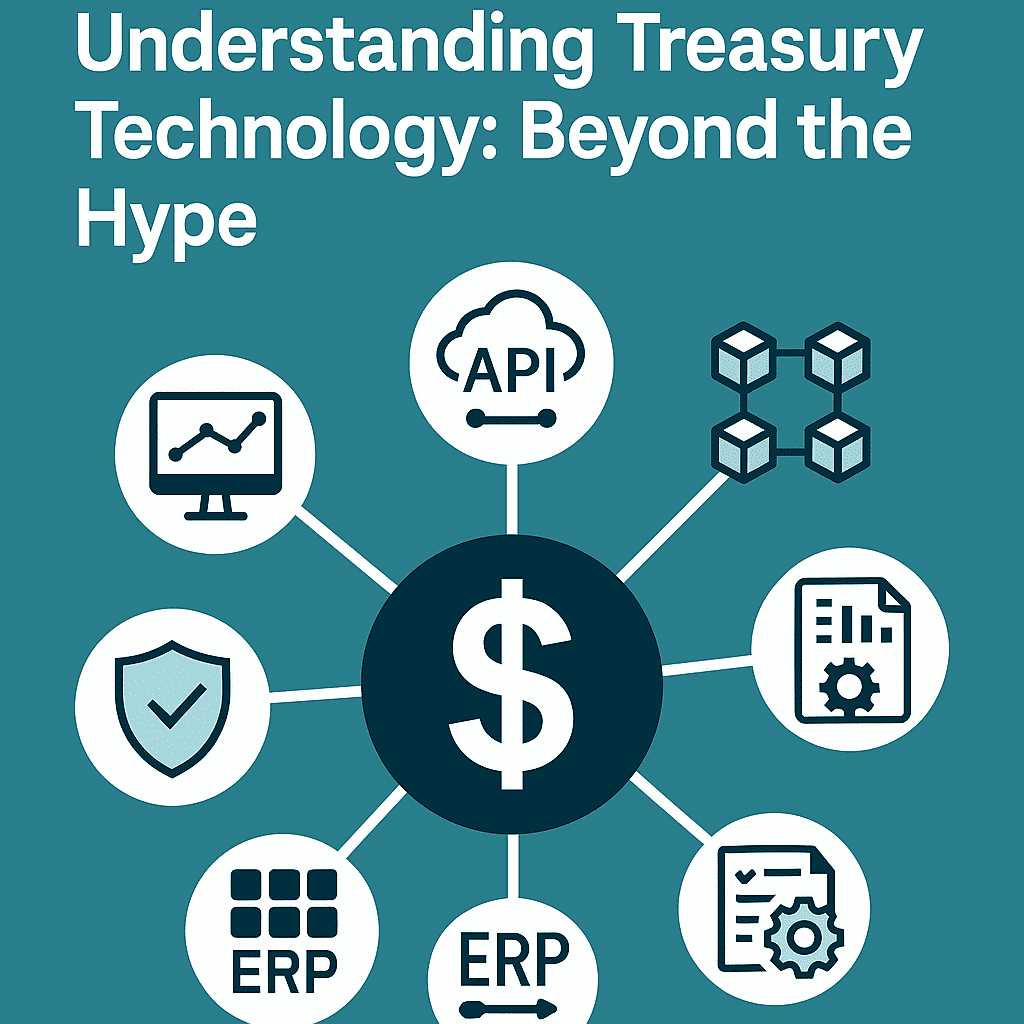Adopting treasury technology requires careful planning, stakeholder alignment, and resource allocation. A structured implementation strategy ensures a seamless transition, minimizes disruptions, and maximizes value. This chapter provides a step-by-step guide to implementing treasury technology effectively.
- Assessing Organizational Needs
1.1 Define Objectives
- Identify specific goals, such as improving cash visibility, automating processes, or enhancing risk management.
1.2 Evaluate Current Systems
- Assess the limitations of existing tools and processes.
1.3 Engage Stakeholders
- Involve finance, IT, and senior management to align priorities.
- Selecting the Right Solution
2.1 Create an RFP (Request for Proposal)
- Outline organizational requirements, including:
- Core functionalities.
- Integration capabilities.
- Budget constraints.
2.2 Compare Vendors
- Evaluate solutions based on scalability, user interface, and support services.
2.3 Conduct a Proof of Concept (PoC)
- Test shortlisted solutions to ensure they meet operational needs.
- Implementation Process
3.1 Project Planning
- Develop a timeline with milestones, including testing, training, and go-live dates.
3.2 Data Migration
- Consolidate and clean historical data to ensure accuracy during migration.
3.3 Integration
- Connect treasury tools with existing ERPs, banking systems, and reporting platforms.
3.4 Testing
- Conduct rigorous testing for functionality, security, and performance.
- Change Management
4.1 Training and Support
- Provide comprehensive training for treasury teams and other users.
4.2 Communication
- Keep stakeholders informed about progress and benefits.
4.3 Continuous Improvement
- Gather feedback post-implementation to refine processes and address challenges.
Conclusion
A well-executed implementation strategy is essential for maximizing the benefits of treasury technology. Proper planning and stakeholder engagement are critical to ensuring success.








Leave a Comment
You must be logged in to post a comment.